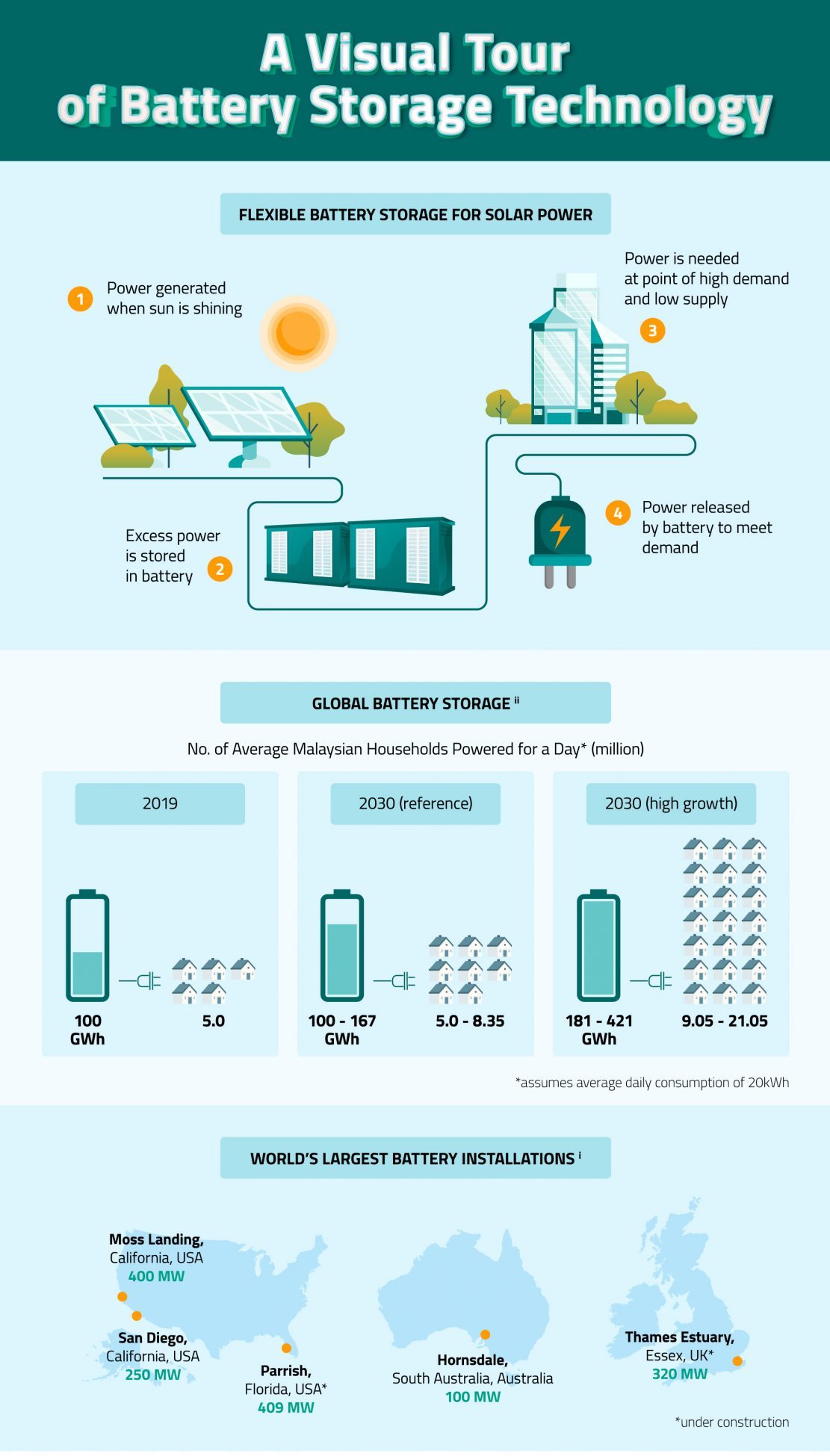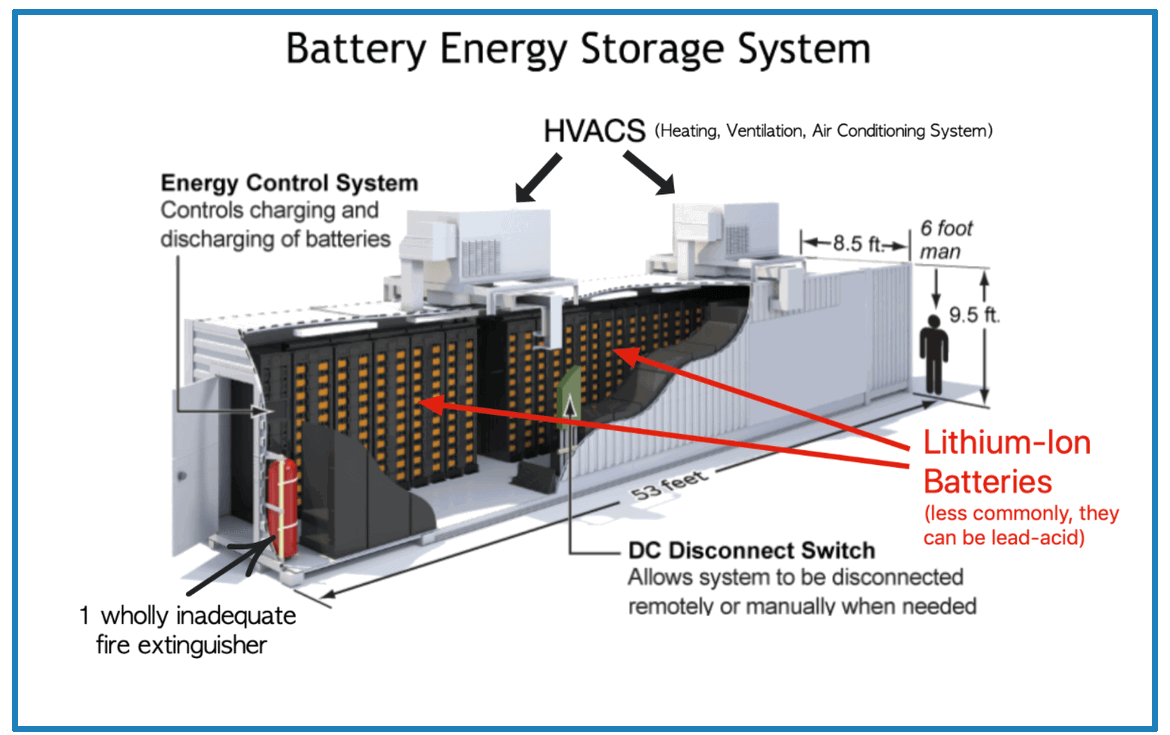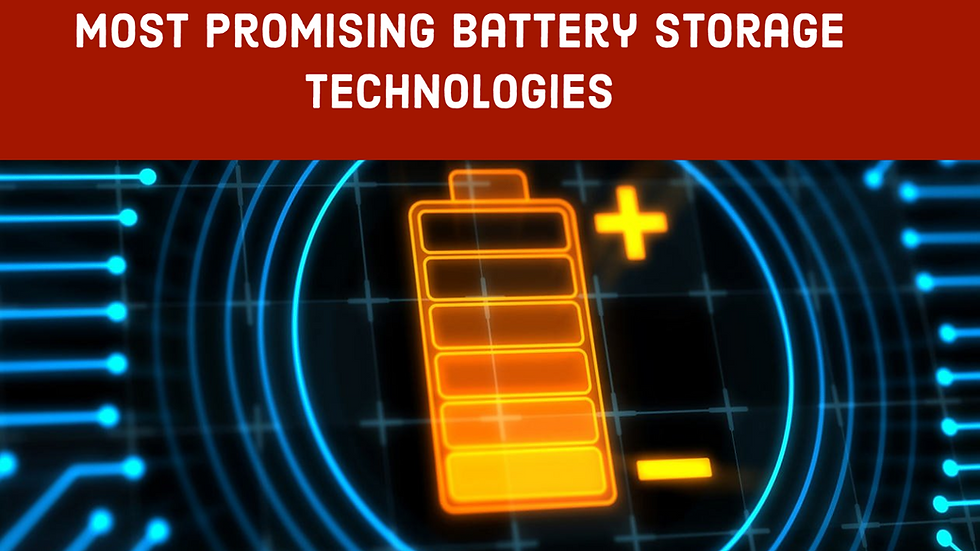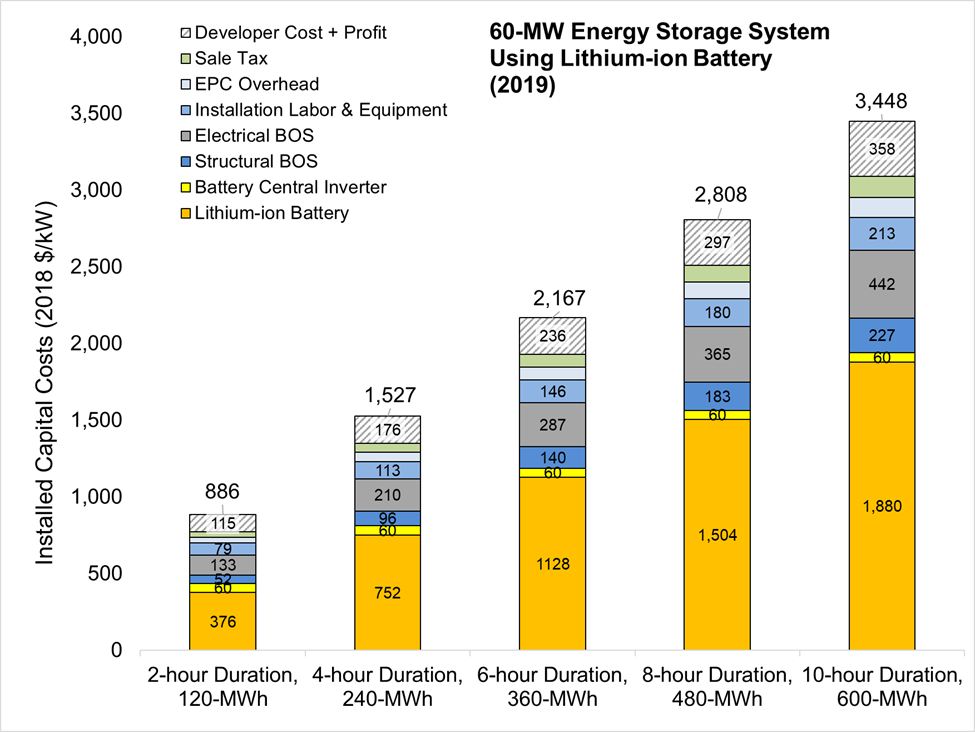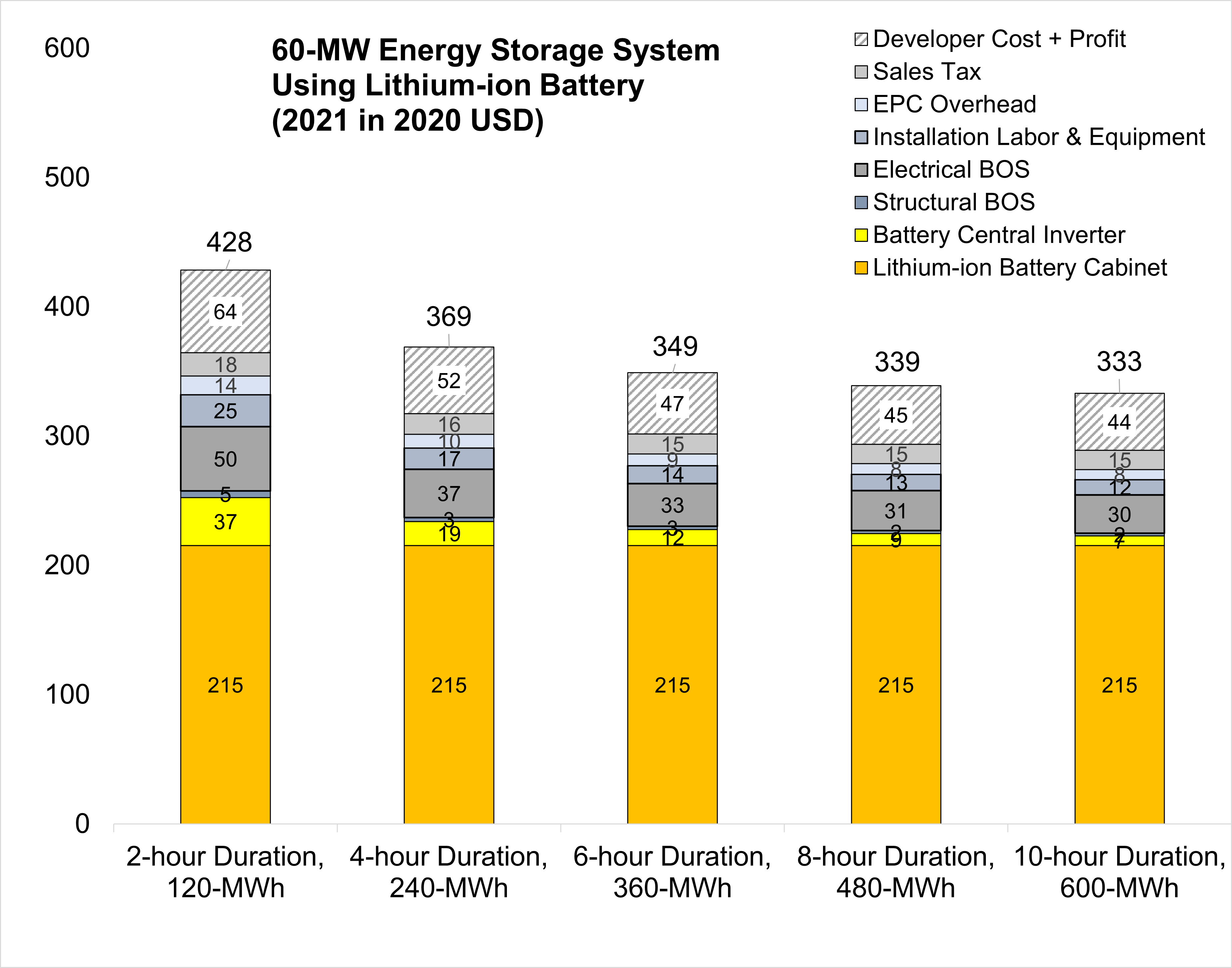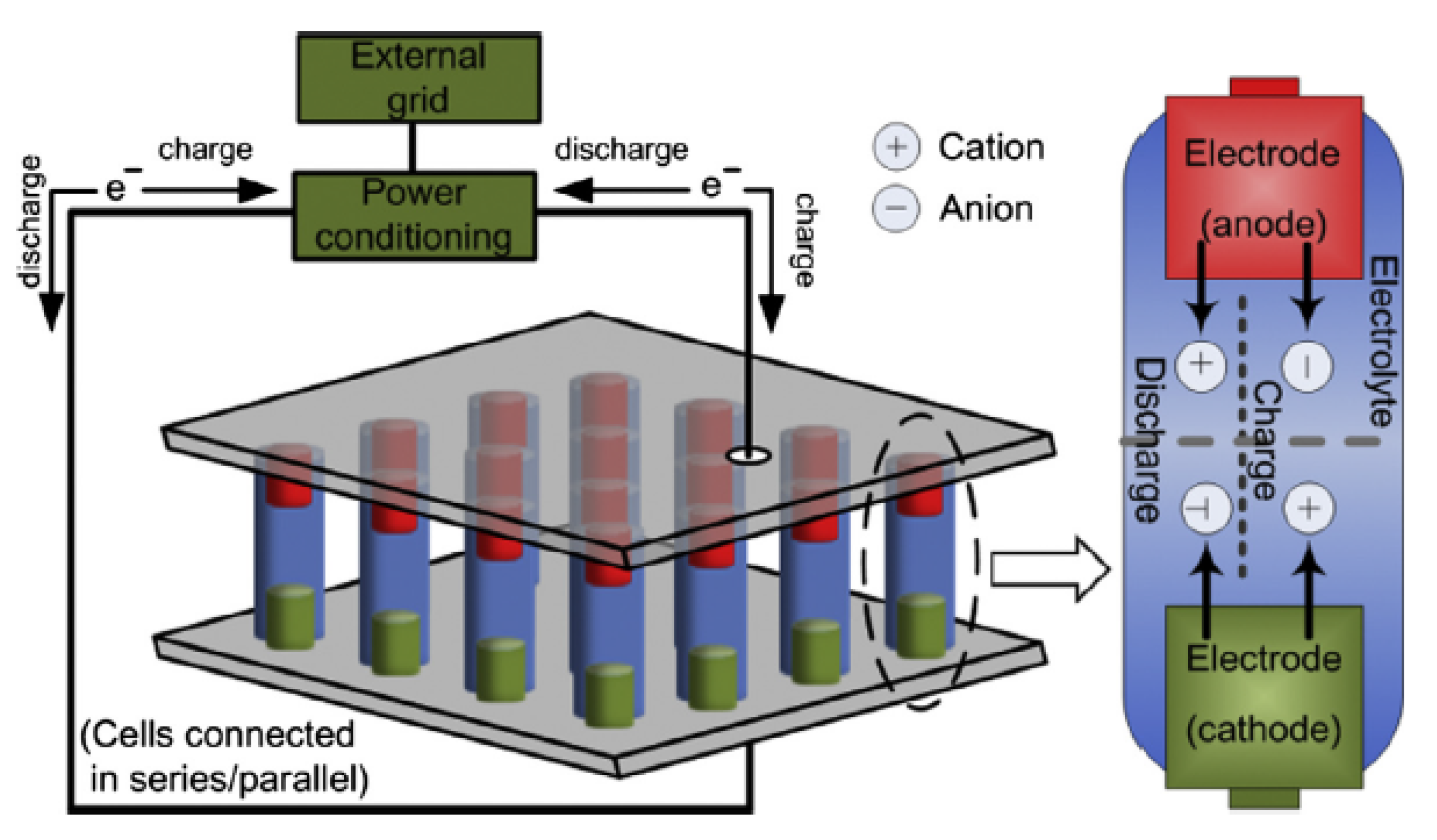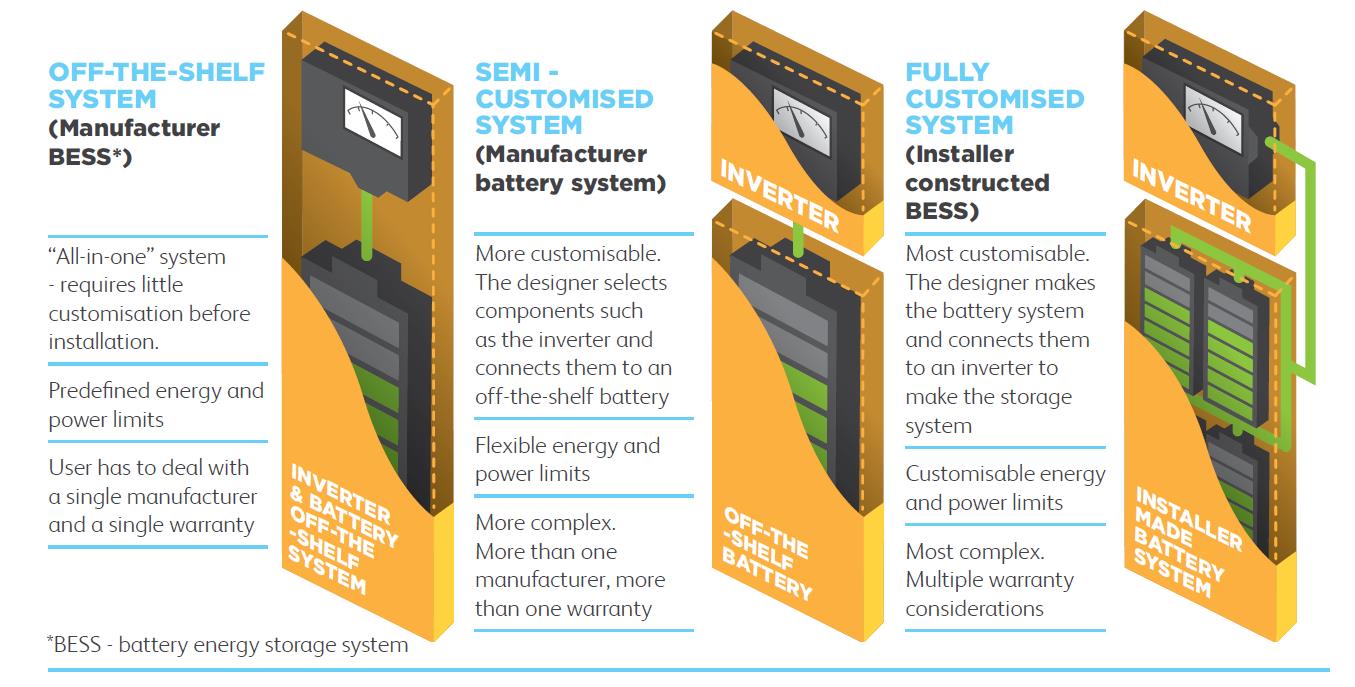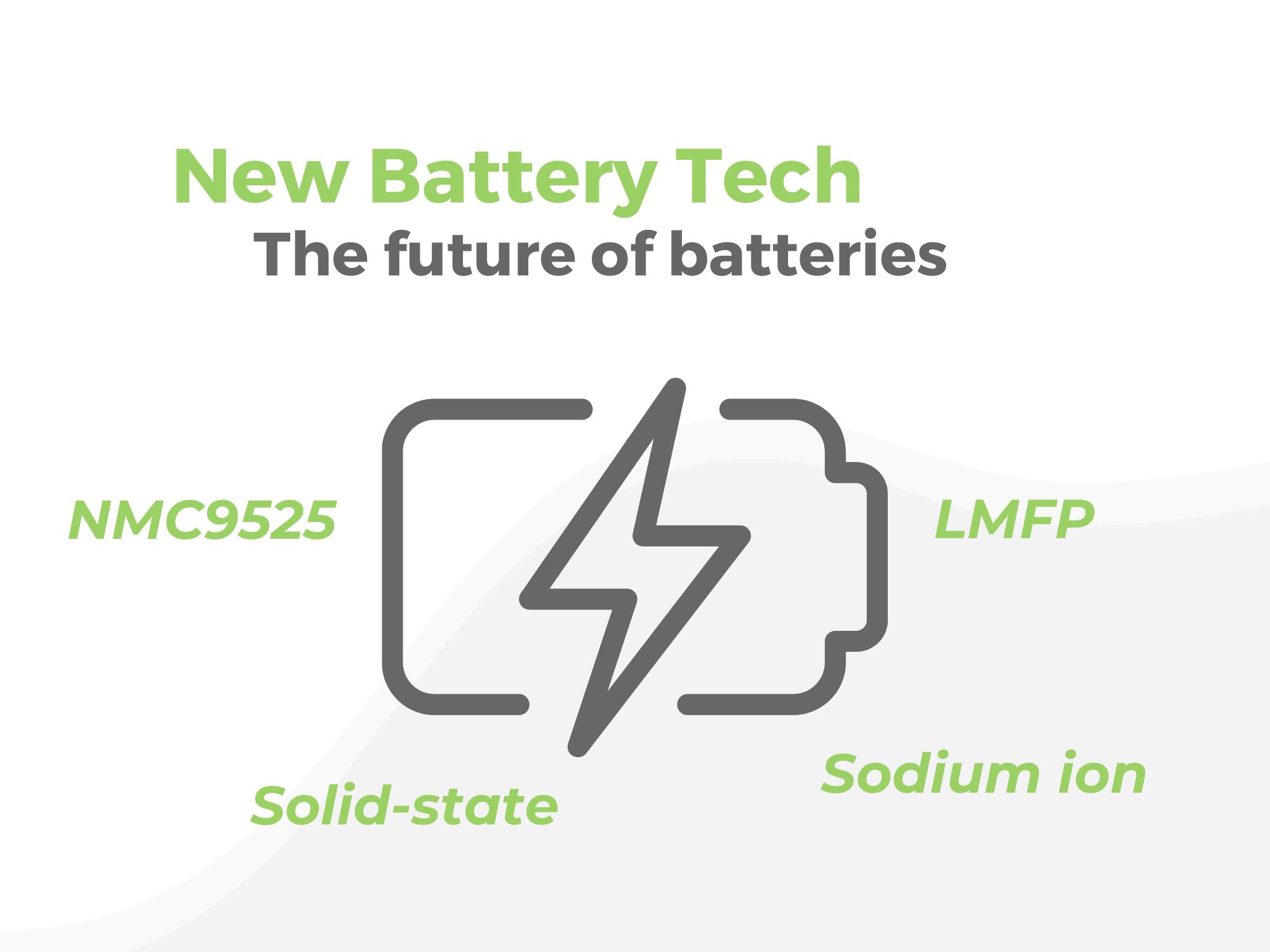What Is Qualified Battery Storage Technology
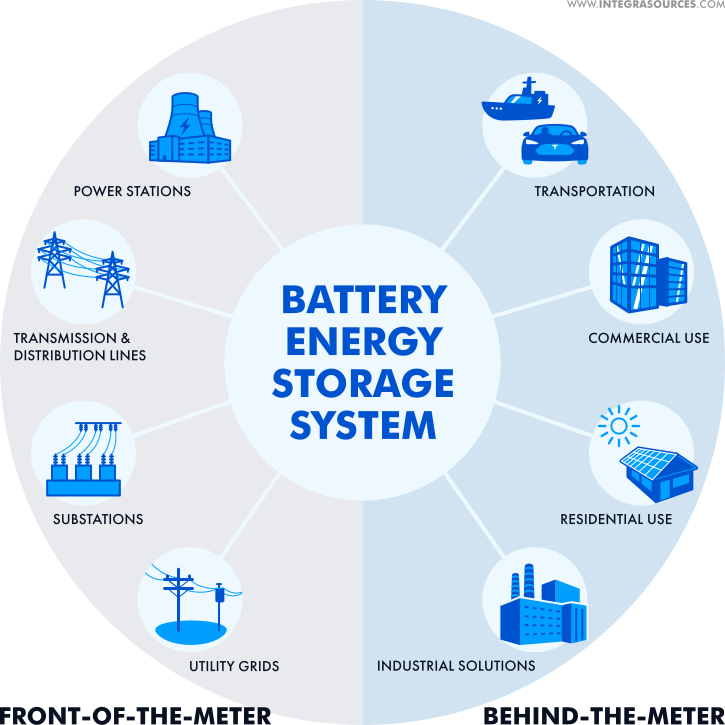
The future of grid reliability hinges on advanced energy storage. A critical component of this future is Qualified Battery Storage Technology, a term now shaping energy policy and investment.
Understanding what constitutes "qualified" storage is no longer optional for stakeholders. It is essential for navigating the evolving landscape of incentives and regulatory frameworks.
The Definition of Qualified Battery Storage
Qualified Battery Storage Technology (QBST), fundamentally, is defined as energy storage that meets specific performance and operational criteria. These criteria are often set by state and federal agencies to ensure that deployed systems genuinely contribute to grid stability and decarbonization goals.
The specifics of these criteria can vary depending on the jurisdiction. However, they typically focus on factors such as minimum duration, efficiency, and the ability to provide essential grid services.
Key Qualifying Factors
Duration is a major factor. Many programs require batteries to provide power for a minimum number of hours, often ranging from two to four hours, to qualify for incentives. This ensures they can adequately address grid needs during peak demand or unexpected outages.
Efficiency standards are also prevalent. QBST must demonstrate a high round-trip efficiency, minimizing energy losses during charging and discharging cycles. Efficiency is a key indicator of technology's cost-effectiveness and environmental impact.
The ability to provide Grid Services is critical. This includes functions like frequency regulation, voltage support, and black start capabilities, demonstrating the battery's active role in maintaining grid stability.
Who Defines Qualification?
The definition of QBST is not universal; it's often defined by regulatory bodies. State energy commissions, such as the California Energy Commission (CEC), have played a leading role in establishing these standards.
Federal agencies like the Federal Energy Regulatory Commission (FERC) also influence qualification through grid interconnection rules and incentive programs. Their guidelines impact interstate energy markets and project eligibility for federal funding.
Utilities themselves also influence standards. Utilities establish procurement requirements. Their definition of QBST becomes paramount for project developers seeking contracts.
Where and When are These Standards Applied?
These qualification standards are primarily applied during the project development and incentive application phases. Developers must demonstrate compliance with relevant criteria to secure funding and grid interconnection agreements.
States with ambitious renewable energy goals, such as California, New York, and Massachusetts, are at the forefront of implementing QBST requirements. They aim to support the integration of variable renewable energy sources.
The application of these standards is ongoing. As technology evolves and grid needs change, QBST definitions are regularly reviewed and updated.
How to Determine if a Technology Qualifies?
Meeting QBST criteria typically requires rigorous testing and certification. Independent testing laboratories often provide validation of battery performance against specific standards.
Project developers must provide detailed documentation to regulatory bodies. This documentation includes technical specifications, performance data, and certifications of compliance.
Engaging with regulatory agencies and industry experts is crucial. It allows for a thorough understanding of the latest requirements and ensures compliance throughout the project lifecycle.
Impact and Ongoing Developments
The implementation of QBST standards has a significant impact. It drives innovation in battery technology and promotes the deployment of reliable and efficient energy storage systems.
These standards create market certainty for investors. This market certainty incentivizes investment in advanced storage solutions.
Ongoing developments include the exploration of new performance metrics. These new metrics include considerations for degradation, safety, and environmental impact, broadening the scope of qualification criteria.
Stay informed about upcoming regulatory changes and advancements in battery technology. It ensures continued compliance and maximizes the benefits of energy storage investments. The industry is rapidly evolving.


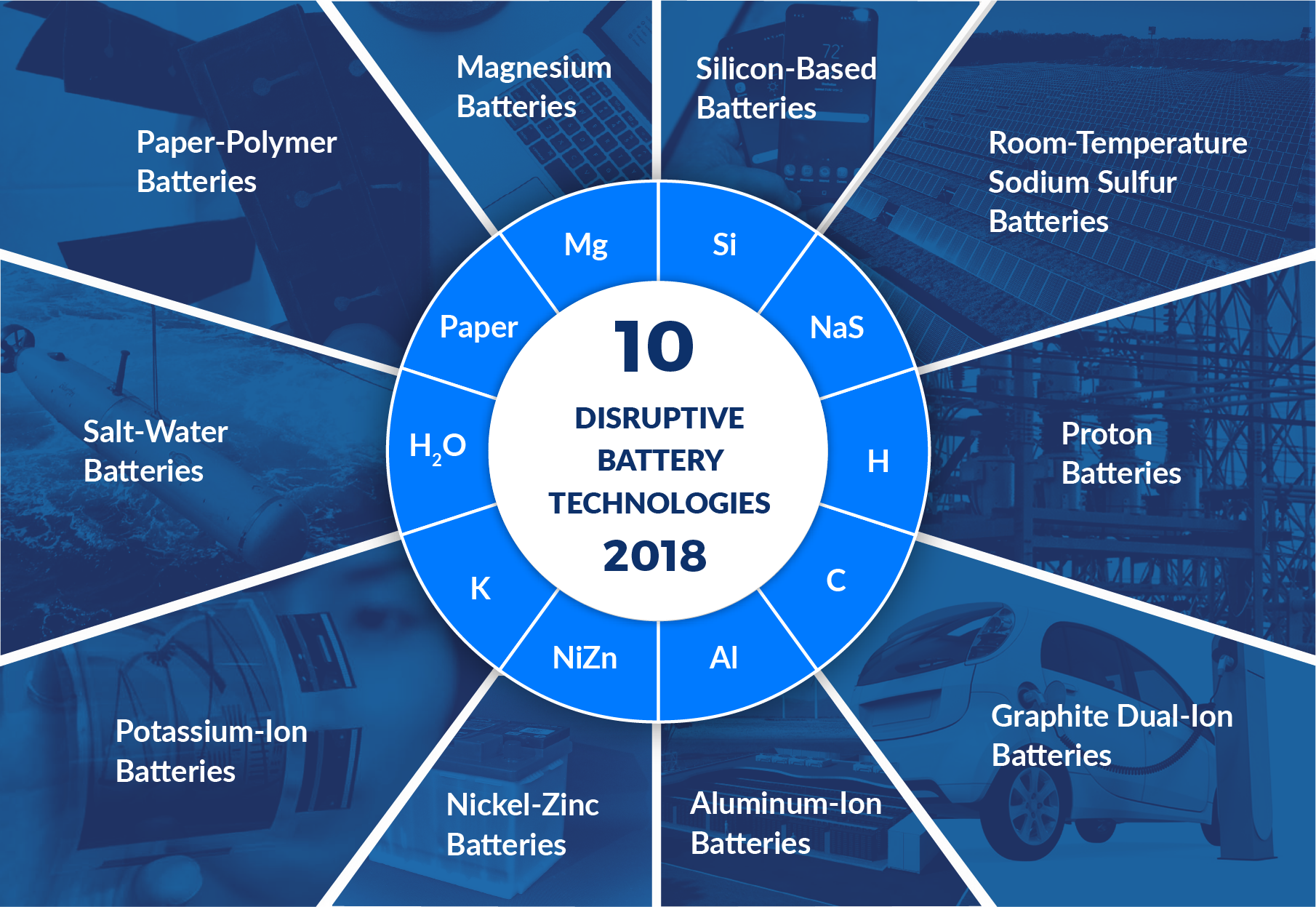
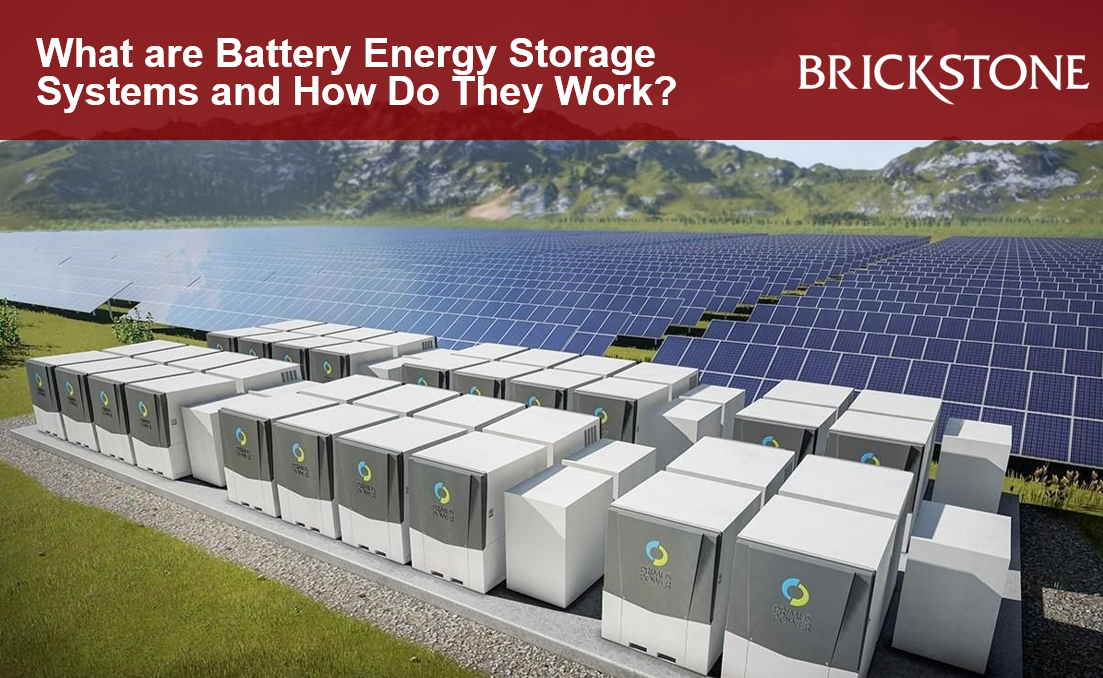
.png?1603260605)
